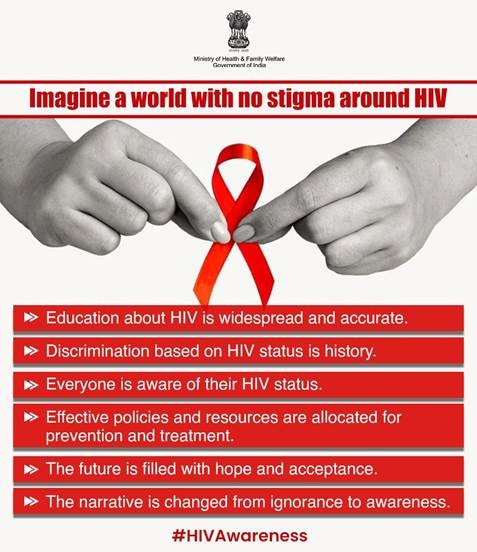





Source: DownToEarth
Disclaimer: Copyright infringement not intended.
Context
Details
Key Findings
Unhealthy Food Consumption:
Malnutrition Rates:
Trends in Processed Food Consumption:
Nutritional Challenges
Double Burden of Malnutrition:
Economic Factors:
Agricultural Policies:
Recommendations
Policy Interventions:
Public Awareness:
Addressing the Double Burden:
|
International Food Policy Research Institute (IFPRI) The International Food Policy Research Institute (IFPRI) is a global research organization dedicated to providing research-based policy solutions aimed at sustainably reducing poverty, hunger, and malnutrition in developing countries. Established in 1975, IFPRI works to achieve a vision of a world free of hunger and malnutrition. Vision: A world free of hunger and malnutrition. Mission: To provide research-based policy solutions that sustainably reduce poverty, hunger, and malnutrition. Strategic Research Areas IFPRI focuses on five key strategic research areas: Fostering Climate-Resilient and Sustainable Food Supply: Develop and promote practices, technologies, and policies that help agricultural systems adapt to and mitigate the effects of climate change, ensuring a sustainable and resilient food supply. Promoting Healthy Diets and Nutrition for All: Enhance access to and availability of nutritious foods, and promote dietary practices that improve health outcomes and reduce malnutrition across diverse populations. Building Inclusive and Efficient Markets, Trade Systems, and Food Industry: Strengthen market systems and trade policies to enhance food security, economic opportunities, and the efficiency of the food industry, ensuring equitable access and fair practices. Transforming Agricultural and Rural Economies: Support the transformation of agricultural and rural economies through innovations, investments, and policies that promote inclusive growth, increased productivity, and improved livelihoods. Strengthening Institutions and Governance: Enhance the effectiveness of institutions and governance structures at all levels to support sustainable development goals, with a focus on accountability, transparency, and stakeholder participation. |
Sources:
|
PRACTICE QUESTION Q. The 2024 Global Food Policy Report serves as a clarion call for urgent action to improve dietary habits and address malnutrition in India. Critically Analyse. (250 Words) |






© 2025 iasgyan. All right reserved